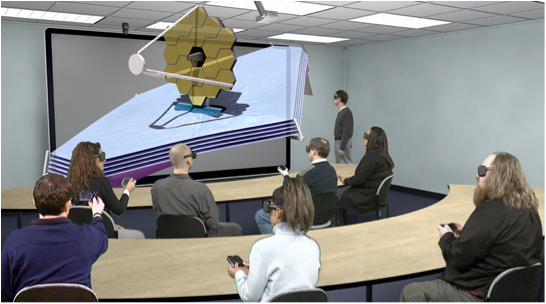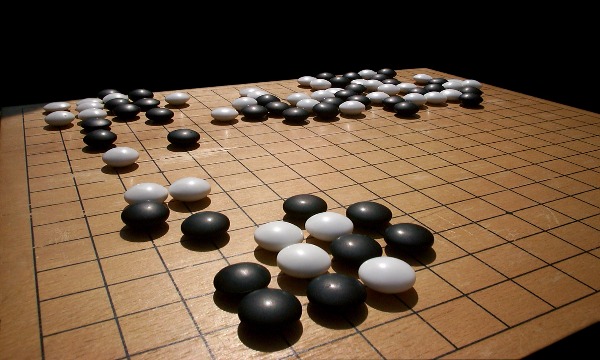ELIZA and Chatbots
 I first encountered a chatterbot, it was ELIZA in the first computer lab in the junior high school where I taught in the 1970s.
I first encountered a chatterbot, it was ELIZA in the first computer lab in the junior high school where I taught in the 1970s.
ELIZA is an early natural language processing program that came into being in the mid-1960s at the MIT Artificial Intelligence Laboratory. The original was by Joseph Weizenbaum, but there are many variations on it.
This was very early artificial intelligence. ELIZA is still out there, but I have seen a little spike in interest because she was featured in an episode of the TV show Young Sheldon. The episode, "A Computer, a Plastic Pony, and a Case of Beer," may still be available at www.cbs.com. Sheldon and his family become quite enamored by ELIZA, though the precocious Sheldon quickly realizes it is a very limited program.
ELIZA was created to demonstrate how superficial human-to-computer communications were at that time, but that didn't mean that when it was put on personal computers, humans didn't find it engaging. Sure, kids had fun trying to trick it or cursing at it, but after a while you gave up when it started repeating responses.
The program in all the various forms I have seen it still uses pattern matching and substitution methodology. She (as people often personified ELIZA), gives canned responses based on a keyword you input. If you say "Hello," she has a ready response. If you say "friend," she has several ways to respond depending on what other words you use. Some early users felt they were talking to "someone" who understood their input.
ELIZA was one of the first chatterbots (later clipped to chatbot) and a sample for the Turing Test. That test of a machine's ability to exhibit intelligent behavior equivalent to, or indistinguishable from, that of a human, is not one ELIZA can pass by today's standards. ELIZA fails very quickly if you ask her a few complex questions.
The program is limited by the scripts that are in the code. The more responses you gave her, the more variety there will be in her answers and responses. ELIZA was originally written in MAD-Slip, but later versions were often in JavaScript or other languages. Many variations on the original scripts were made as amateur coders played around with the fairly simple code.
One variation was called DOCTOR and it was meant to be a crude Rogerian psychotherapist who likes to "reflect" on your questions by turning the questions back at the patient. This was the version that I worked with my students when I taught middle school. They found it fascinating and my little programming club decided to hack the code and make their version.
Are chatbots useful to educators? They have their uses, though I don't find most of those applications to be things that will change education in ways I want to see it change. I would like to see them used for things like e-learning support and language learning,
If you want to look back at an early effort, you can try a somewhat updated version of ELIZA that I used in classes (if it still lives online on my old NJIT website) and get some "advice" from my "doctor."


 Deep learning might sound like that time when we get really serious about what we are thinking about, and go deeper into the subject and learning. But it is not about the human brain. It is about machine learning. Also known as deep structured learning or hierarchical learning, it is part of the study of machine learning methods. It is about machines getting smarter on their own as they complete tasks.
Deep learning might sound like that time when we get really serious about what we are thinking about, and go deeper into the subject and learning. But it is not about the human brain. It is about machine learning. Also known as deep structured learning or hierarchical learning, it is part of the study of machine learning methods. It is about machines getting smarter on their own as they complete tasks.